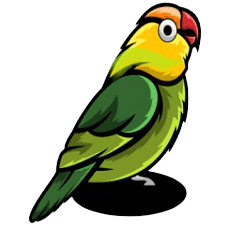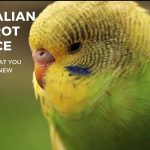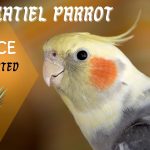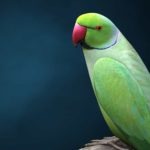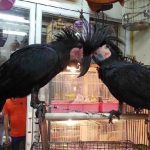Parrot Beak Trimming at home is not an easy task for nonprofessionals. The beak is obviously the most noticeable part of a Parrot’s face. The beak can only be seen in its entirety when the mouth is closed (by pressing Alt, you can close its mouth).
It forms a thin layer covering the upper and lower jaw and is composed of keratin – which makes it tough to withstand all but very minor attacks on it. The top of the bill is called rhinotheca and the bottom one is gnathotheca.
The cere is also called softbill or rostrum and produces a secretion that is easily visible at any time during gameplay.
The beak is also called “Hookbill”
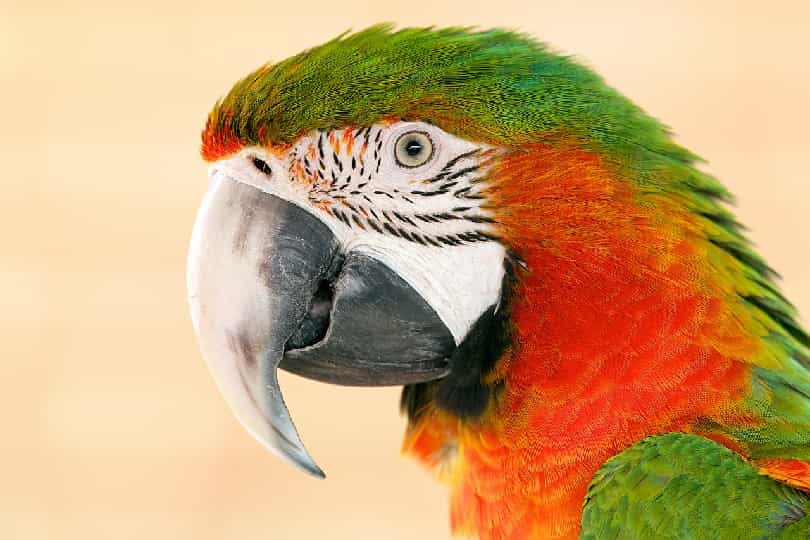
Healthy Parrot Has Healthy Beak
Since you’ve seen your parrot tearing a toy apart and examining how the insides work, delicately pick out the red fruit from his food and climb down the metal cage bars – You must be aware that a Parrots “essential thumb” is its beak. A Parrot’s beak is used for tasks small and large, from preening a single feather to defending itself. One of the parrot facts that you need to know about parrots is beak trimming.
Healthy Beak Signs
A healthy beak is a good beak. That’s why a birdkeeper should do his best to take care of it by feeding the bird, playing with it and cleaning it little by little every day. The beak has several different muscles: the cutting muscle runs across, then there are several rows of grinding muscles on either side; and at the end are very small sensory muscles. This entire area takes care of various aspects of eating and also helps the bird to communicate with each other through a complex system of movements…
Unhealthy Beak Signs
In this section we will discuss, some abnormalities can occur with your Parrot Beak, which shows sign of unhealthy of beak.
- There may be in overgrown in Parrots beak.
- scissor beak, This condition is most commonly seen in cockatoos and macaws. It’s known to be caused by a developing wire incubator or other environmental extremities. The growth could also be attributed to genetic imbalances, nutritional reasons, trauma, and possibly infections.
For What Purpose, Parrots Use Their Beaks?
Parrots make for popular pets because of the fact that their short, beak-like tongues are more suited for peeling their way through various types of fruit. Another reason why people choose parrots as pets is because of how quiet and friendly they are. Parrot birds make great choices when deciding between small or medium-sized birds as pets because they’re very well-known for being easy to train.
Neotropical parrots are also good choices because they can adapt to a wide range of environments and have a diverse diet. If you live in areas with tropical climates, you might want to consider an amazon parrot or a cockatoo since they’re able to withstand rainforest-like surroundings – which isn’t the case with other bird species like finches and canaries who may prefer grasslands over rainforests themselves!
Small parrot and Large Parrots use their hookbills for different purposes.
Large Type Parrots Use Their Beak For:
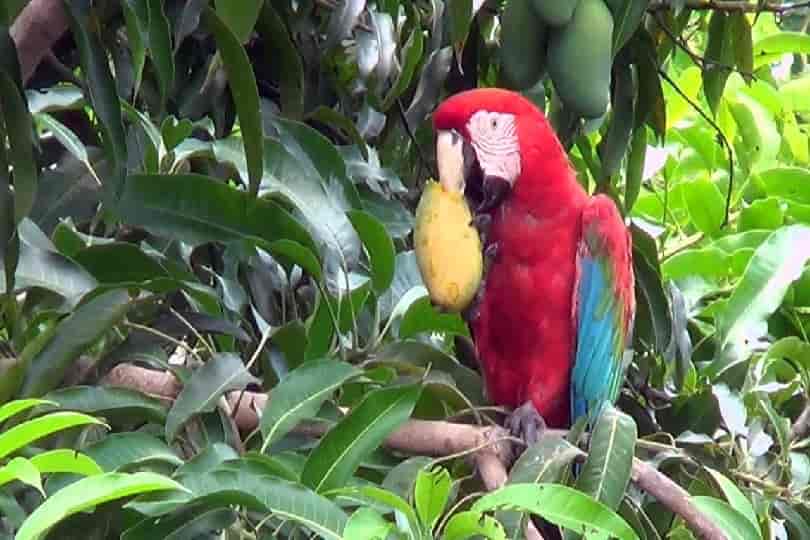
Large parrots like Macaw, Raw Parrot, they have large beak size and similarly they do perform difficult tasks like cracking a walnut, cutting the cage iron bars, bite the person. They do all these functions by use of their beak.
One may ask, but can a macaw bite down like a pitbull? Thanks to those few reliable sources who have reported that macaws have been known to have the jaw strength for ripping materials apart like wood or metal, it has led people to believe that a bird’s beak is very powerful, not to be messed with. One just has to stop and watch a large bird, such as a macaw or cockatoo rip apart large pieces of wood or metal for example, crush in nuts as if they’re nothing and any further questions about how strong their bite is will quickly disappear.
Usage of Beaks in Small Type Parrots
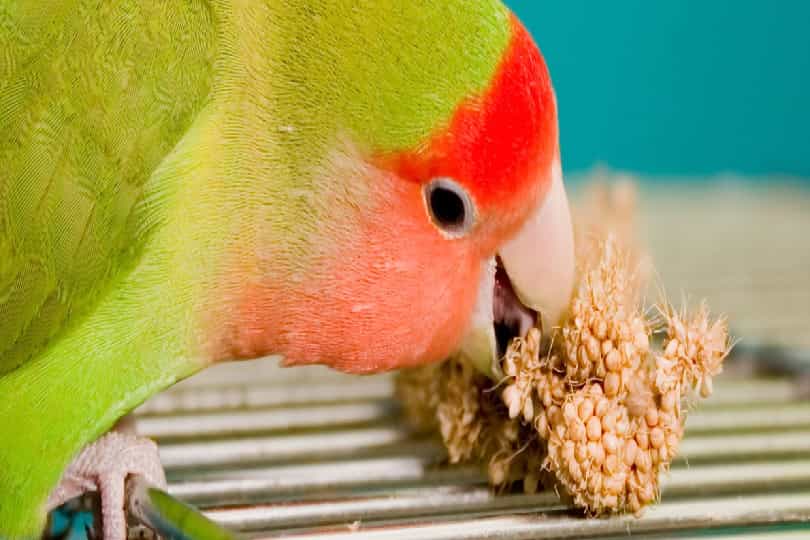
Small parrots like Lovebird, budgies, another type of pet commonly found in homes and gardens, have different types of bills that help them eat different things. Parrots, with shorter beaks, are perfect for eating nuts or fruit like oranges; finches often have short straight beaks that help them eat seeds and grubs; and canaries are often known to have short conical beaks which are perfect for peeling through tough fruit skins.
Using of Beaks For Climbing

When it comes to climbing, it takes two legs and one hand to get the job done, unless you’re a parrot. Lovebirds, a type of parrot, are able to use their beaks as a third leg while climbing. The study was done using lovebirds in the lab where they were harnessed so researchers could measure how much each bird weighed and how much force they exerted while climbing various surfaces. Parrots’ strength can be attributed to special ‘carpus’ bones in their wings which act as extra joints.
Birds have muscles in their necks, bodies and heads that are capable of pulling as much weight as their legs, new research suggests. A study reveals this is because birds beaks can generate a force that’s equal to, or greater than, the proportional forces exerted by the forelimbs of primates, such as humans and monkeys, when they are climbing.
Parrot Beak is Used for Grasping
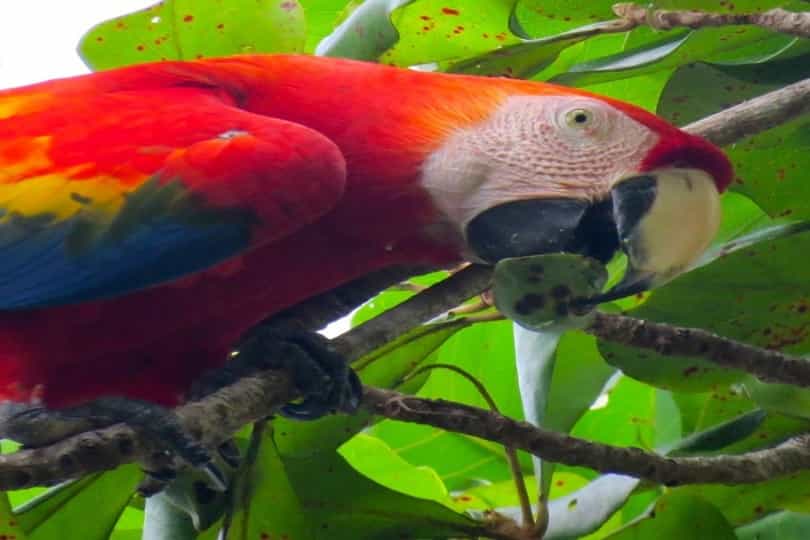
Parrots are a type of bird that often needs to pass food to their young. This act is something that many types of birds do, particularly if they are unable to find another way to feed it. Parrots are better at using the beak than anything else, which is why the beak is responsible for transporting fruit or nuts directly into the baby’s mouth.
Parrots Use Their Beaks While Preening
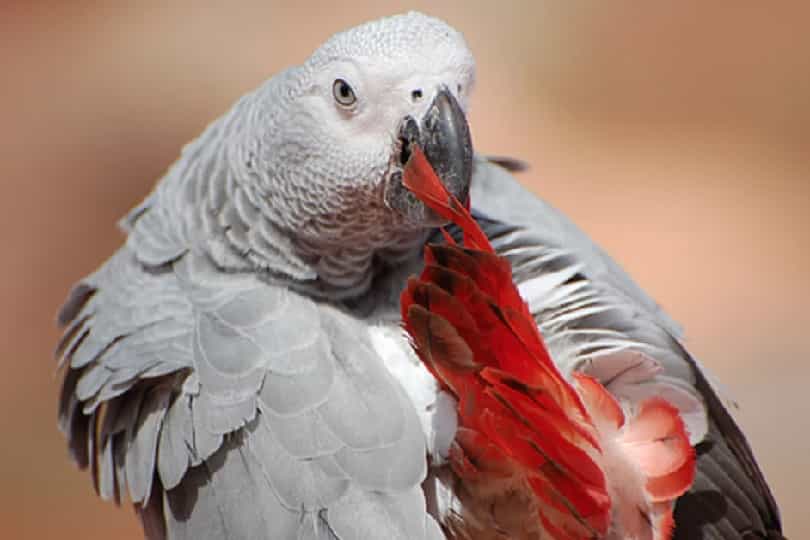
Your bird will use his beak to preen and groom his feathers. Preening is a maintenance behaviour found in birds that involves the use of the beak to position feathers, interlock feather barbules that have become separated, clean plumage, and keep ectoparasites in check.
Parrots rub their beaks on things to self-soothe, get to sleep, show contentment, and as a sign of affection. Parrots will grind to wear down their beaks to a manageable size or to sharpen them. Beak grinding usually involves rubbing the beak side to side in a smooth motion.
Parrots Use Their Beaks For Communications
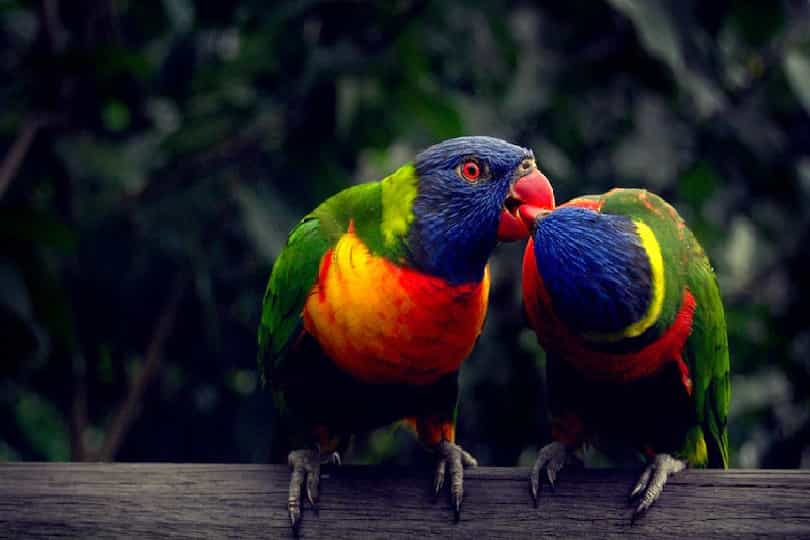
As a parrot owner or lover you already know the value of owning a pet parrot. One fun addition to their ownership is making sure they can communicate with people via their own language system which they use to call out a variety of different noises that help show off their personality, as well as visually demonstrate emotions.
Just as we use our mouths to talk, birds use their beaks to communicate with one another. Some species of parrot are known to mimic the voices of people if they are able to hear them talking. Most birds, however, make different sounds or gestures like chirping, clicking, singing and many others.
Parrots Use Beaks as Self Defense
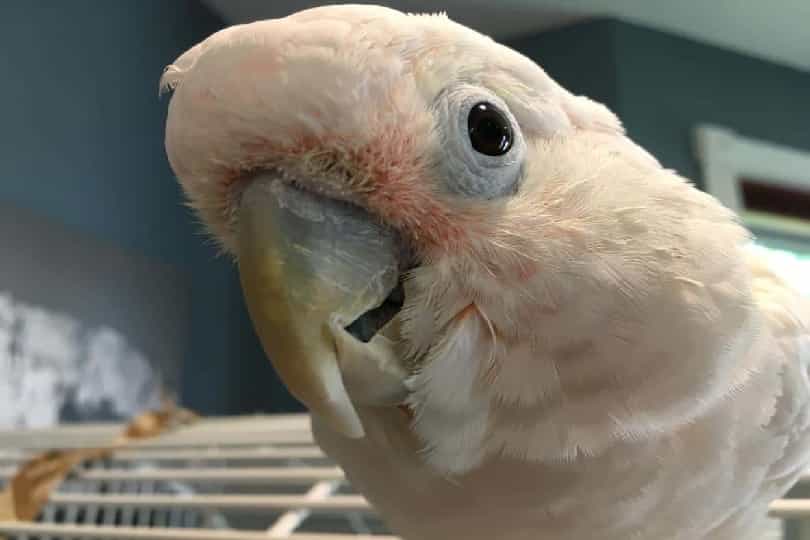
One of the most important things a bird has in its possession is its beak. This small feature can help your bird do everything from eating to building a nest. If you’ve ever had an opportunity to touch or examine the beak of your feathered friend
You know just how strong and sharp it can feel! Although your bird’s strong mouth may seem like just one more defense mechanism it relies on, there are actually several different uses for this part, some of which we may not even understand as humans. Your pet might bite out of fear, stress or because they’re territorial and you should never disregard that behavior as they could very well hurt someone.
Causes of Overgrown Beak
Parrots have overgrown beaks. Their activities, like eating and climbing all day, keep their beaks in shape. In their natural environment, there are items for them to chew on to keep their beaks from growing too large. When parrots are kept as pets, however, they have few opportunities for chewing. The beaks of these parrots get bigger by growing into the hard skin around their mouths.
In captivity, even with avian veterinarians on hand, however your parrot may not be exhibiting as much natural grinding of their beak as they would typically in the wild. An enclosure for a bird does not generally provide proper outlets for natural grinding behaviors. They may not require it to climb freely and exercise their beaks the way they would if they were flying around an area outdoors.
Because there are no suitable objects to chew like sticks and twigs, many pet birds end up demonstrating other destructive behaviors in place of their normal physical tendencies. To mimic this natural environmental demand upon their beak’s shape and size, owners have come up with various solutions to make sure their birds can get what they need mechanically speaking.
To make things easier, experts have also developed several types of known safe devices that can help keep a bird’s beak properly sized and maintained without compromising its safety.
Deficiency of Vitamin-A in Parrot
While in captivity, your parrot may suffer in Vitamin-A and Vitamin-B deficiency. Due to these Vitamins deficiencies, there can be an abnormal growth in beak.
Liver Problem in Your Parrot
While feeding your parrot high-fat foods is not always the cause of fat and liver related health issues, there are a number of foods that contain too much saturated fat. If they are fed in large quantities over time it can lead to fatty liver disease, but symptoms may not be immediately noticeable.
Some of the most common illnesses associated with parrots being fed high-fat diets include fatty liver and also atherosclerosis. Typical symptoms which may include bleeding, internal organ damage, depression, reproductive problems and difficulty breathing if left untreated, however as many as three quarters of birds diagnosed with this condition may survive for about six months following diagnosis due to the liver’s remarkable ability to repair itself in the event of injury or disease.
Injury To Parrot Beak
Sometimes Parrot beak hit within cage with some hard rod or cage wires, then possible there can be an injury on beak. This injury on beak may also be cause of abnormal growth of your parrot beak.
Vitamin-D3 Deficiency in Parrots
Defective upper beak development can be the result of a Vitamin D3 deficiency. Indoor birds often do not get enough UVA or UVB rays from the lighting provided to them. This could lead to a vitamin D 3 deficiency. If your parrot is getting less than 12 hours of exposure each day, you may want to consider adding a UV light source like an Ultraviolet Heat Bulb in combination with his present light source for about 8 hours each day for at least 14 days to help remedy this problem. This will allow your bird time to absorb the additional amounts he needs and overcome this deficiency.
How To Control Parrot Beak Growth At Home?
If you watch that your Parrot Beak is overgrown on regular basis then you should take these steps for overcome this issue. Ultimately way out is Parrot Beak Trimming
Proper Arrangement of Light
There should be proper arrangements of lightening inside the cage, so your parrot may not suffer Vitamin D3 deficiency and there may not be issue of beak grooming improperly.
Healthy Diet Plan
If you want to go from feeding your bird a seed-based diet to a pellet-based one supplemented with fresh foods, as an owner you need to make this switch gradually over time. It will take some time before your bird completely adapts, so it’s important that you make this introduction into the new diet a gradual process.
Beak Grooming Objects
Cuttlebone and lava rock are two kinds of bone which bird owners can use to help keep their pets beak conditioned. For natural wood perches, there are many different types you can try out at home to see which one your pet prefers the most and is the most comfortable for its feet. Plenty of chew toys should always be available to your birds as they will need to wear down their beaking on these toys so that they don’t start over-beaking on furniture or other objects around your home! The destruction of these toys is actually a good thing so do not get discouraged if it happens all the time.
Use of Hard Food To Prevent Over Growth Beak
Parrots can be susceptible to broken beaks due to chewing on their cages. They need a proper diet that includes a combination of hard and soft foods. While many owners simply provide a soft food pellet, it’s better to give your parrot some hard food as well such as almonds. This will help keep the beak worn down, which protects against overgrowth.
Why Parrot Beak Need to Trim?
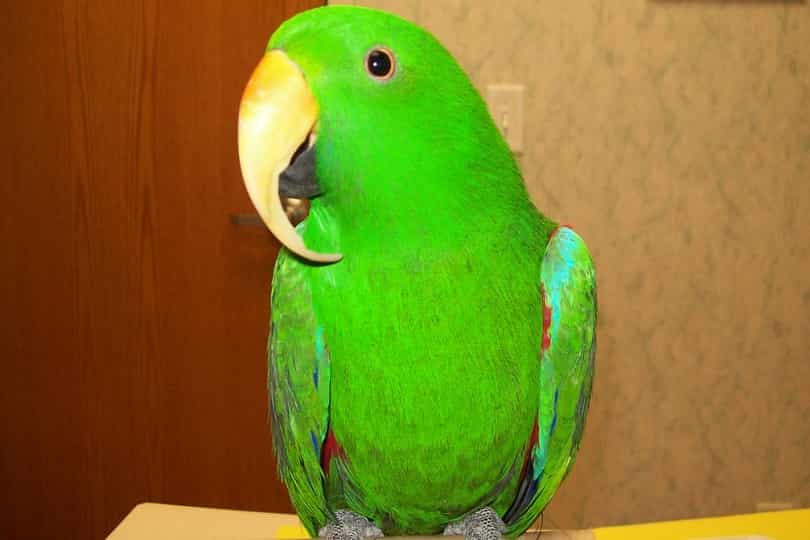
Parrots’ beaks grow continuously so they must be kept trimmed down. Sometimes parrots will do this naturally by chewing or gnawing on their food, or by rubbing their beaks on rough surfaces and objects. However, if your parrot cannot do this themselves since they are injured, sick or malnourished then its beak will need to be trimmed for them by a vet.
The majority of the time making sure your avian companion has a balanced diet in combination with regular “exercise” of the mouth parts is all that is needed to prevent nail overgrowth as well as discoloration; but if you start to notice any abnormal symptoms such as difficulty eating, severe pain while eating, loose stools while eating, swelling in areas around the lower mandible (jaw bone), cheek area or eyes you should take them to a veterinarian immediately.
How often parrots need to beak trimming?
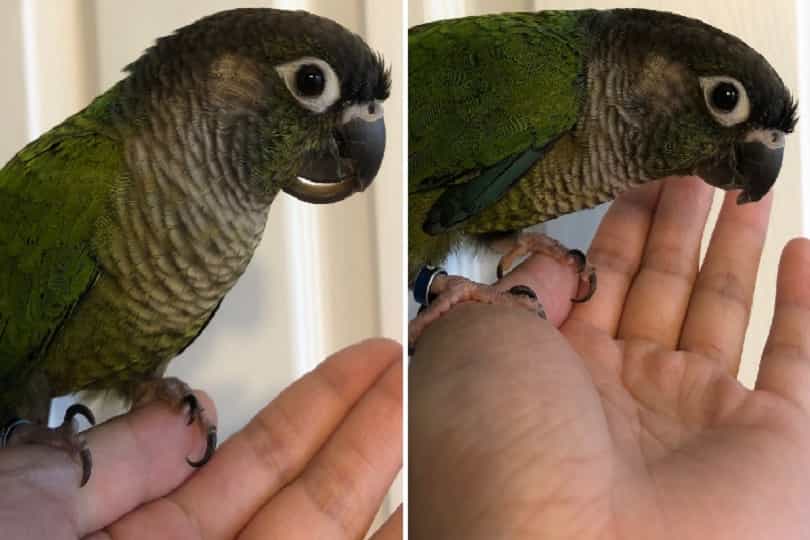
When should you schedule a beak trim for your bird? Is your bird unhealthy or does it have an abnormal-looking beak you wish to correct? If so, you want to make sure that you get in touch with us as soon as possible. Parrot Beak Trimming is essential to keep parrots healthy.
Well, it depends on a lot of things – namely the bird. Smaller birds tend to need beak trims done more frequently than larger ones. As with any other body part, if you notice your bird’s beak looking abnormal or overgrown, it’s best to compare it to their friends’ beaks or whatever is considered normal for the species or breed they belong to so that you can make an objective comparison and ensure you don’t over- or under-correct them. If in doubt about whether anything looks particularly abnormal, always feel free to contact us and we will help guide you towards making a well-informed decision!
Impact on Parrot Health After Trimming Beak
After trimming the Parrot beak properly, Your parrot will feel lighter and start to take feed in good manners. With large beak, parrot was unable to feed and different kind of diseases can be reason of this overgrown beak. So when your parrot start taking food, seeds, fruits, the health issue may resolve itself.
Final Words Parrot Beak Trimming At Home
Unless you are a veterinarian, it is highly likely that you will not be able to trim your bird’s beak on your own. Filing or trimming the beak of your pet could lead to injury to both you and your bird, so it may be best to take it to a professional. If the bird has an underlying medical condition, they may need additional attention.
A reputable veterinarian will use a special instrument like a Dremel tool made especially for their needs in order to gently file away the excess layers of your bird’s beak as naturally as possible in order to protect them from harm while also allowing them access to food more easily – this is done completely at the discretion of the vet.
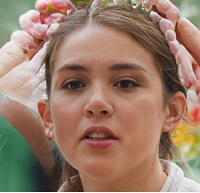
Bird Enthusiast
Masters in Counseling & Data Sciences
University of Maryland
Professional Parrots, Pigeons Breeder and Keeper
